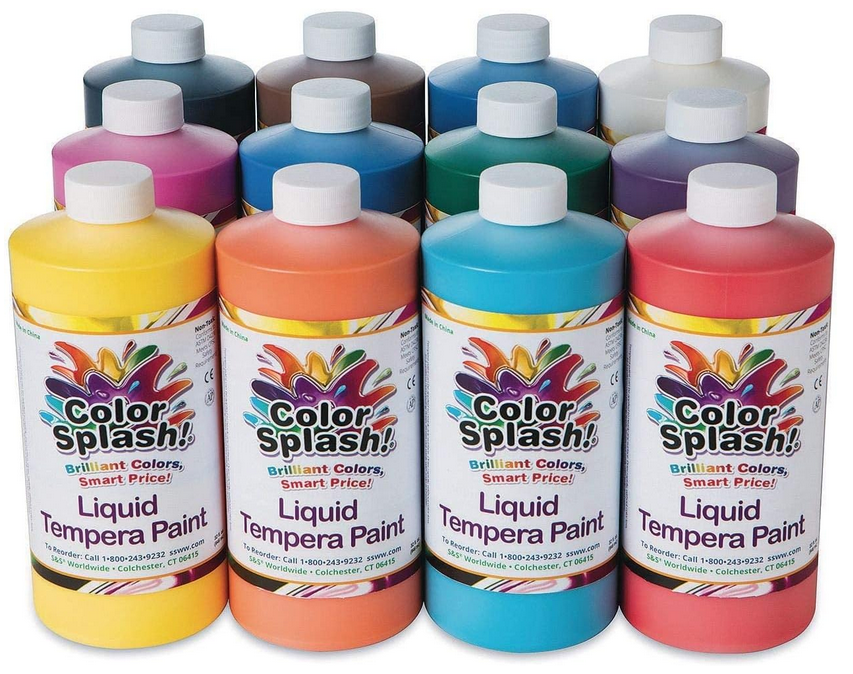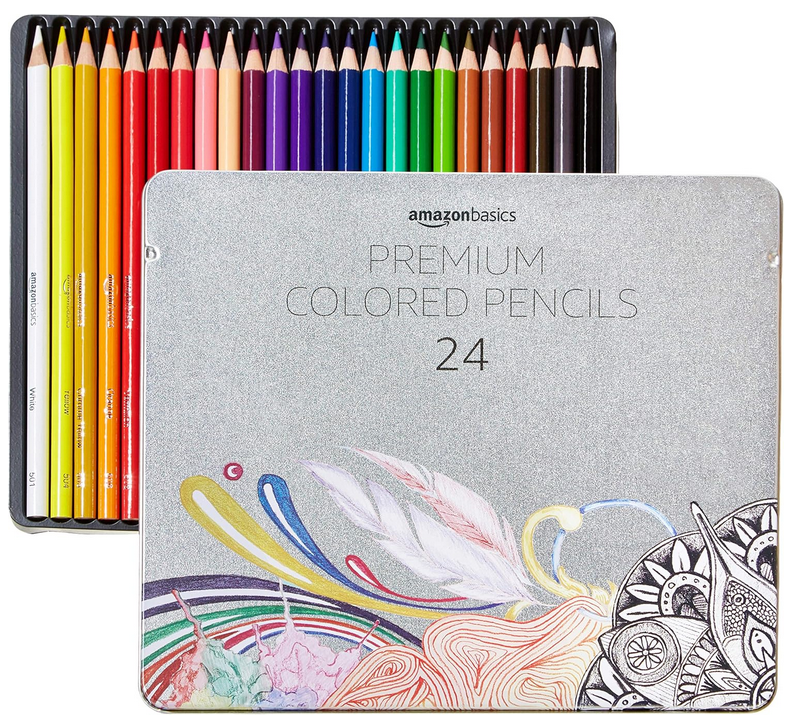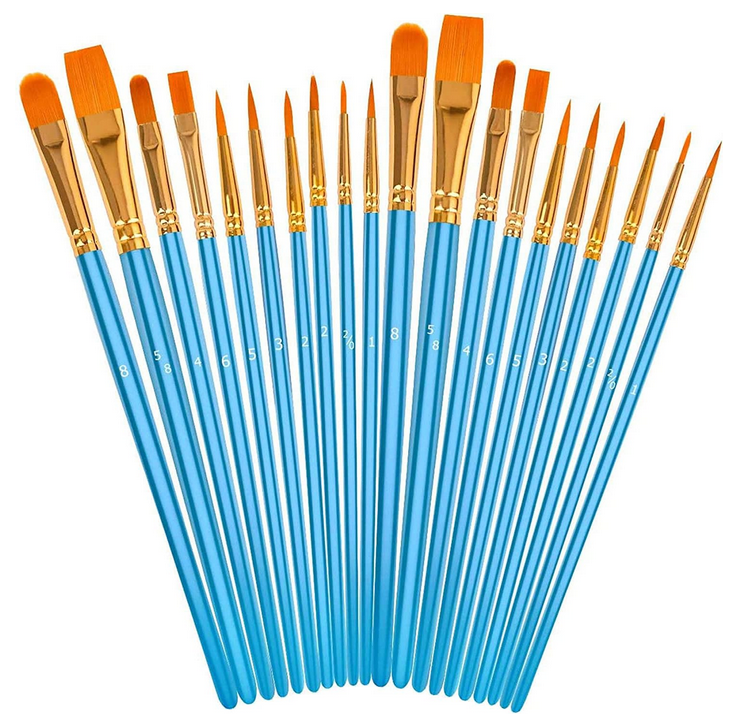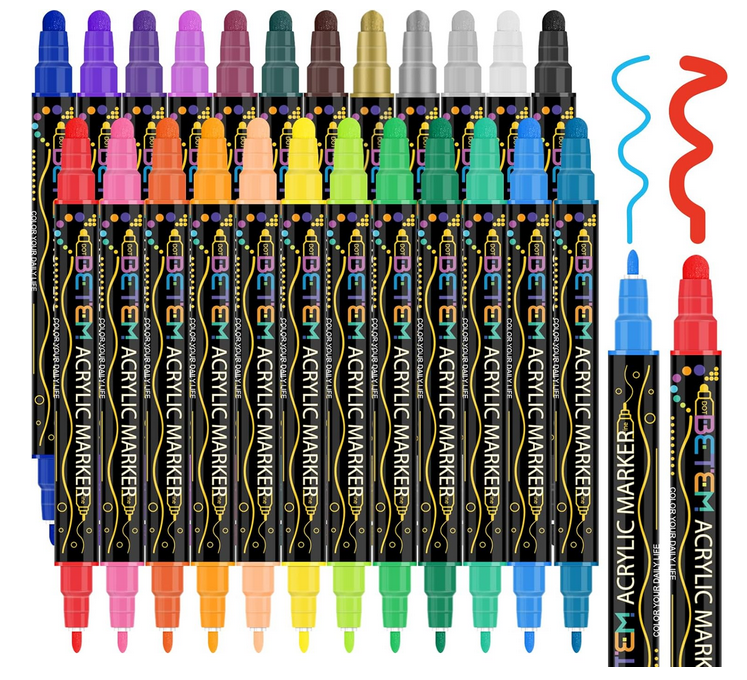- Home
- Art Careers
- Theater, Stage Design
Theater and Stage Design Art Career
The playwright begins the story ... and the visual artists build the environment in which the story is told. Creating visual effects to convey the magic of stage productions is essential to the performing arts. Set designers and costume designers have supported actors and authors for centuries. Their work opportunities will continue as long theaters continue, as long as authors and actors continue to tell the human story.
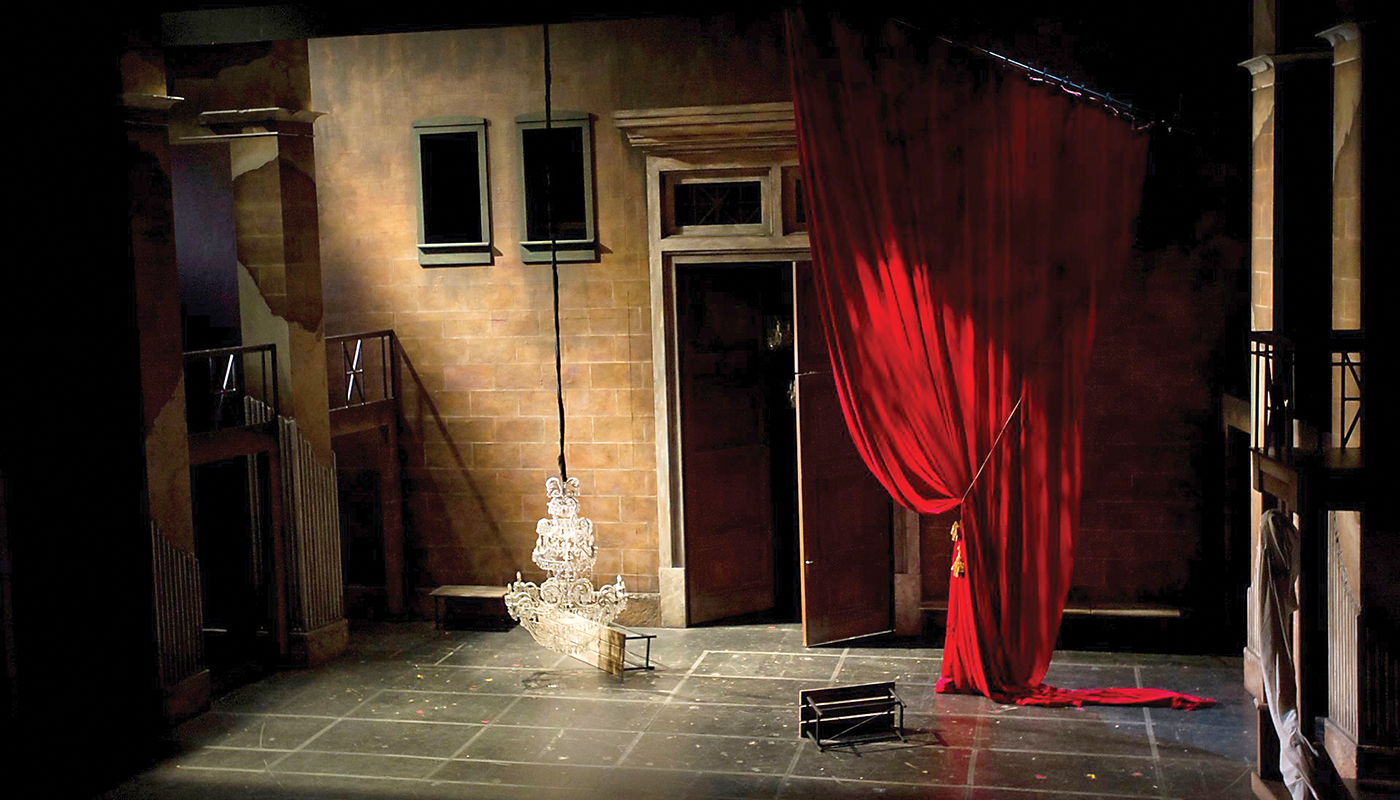
Scenic Designer
Creating the setting for operas, ballets, and plays falls on the set designer or scenic designer. Sets and scenes are built and decorated by crafts people and fine artists. A wide variety of skills required include carpentry, painting, and drapery, for example. The environment for the actors is an integral part of play production. The producer or director may choose quite elaborate sets with levels and layers of props and set elements or a minimalist choice would leave the working parts, such as lighting, exposed to the audience.
A scenic designer meets with the director to determine an overall plan. This usually entails sketches and drawings which could lead to three dimensional miniature models of the set. Working out visual problems may also require research to get a particular look, for a particular time period for example. The final step is to complete full-scale production of set elements, such as walls, furniture, and lighting placement.
- helpful qualities - merging history, sculpture, architecture, painting carpentry, lighting. Enjoying reading and research. Working well in teams. Time management skills. Creativity, enthusiasm.
- preparation - Take drawing, painting, and art history, drafting, 3.D design, history, and literature classes. Develop building skills, such as carpentry. Seek work on local plays at your high school or local college. Attend plays in you area. Investigate post-secondary training such as at CSU Northridge.
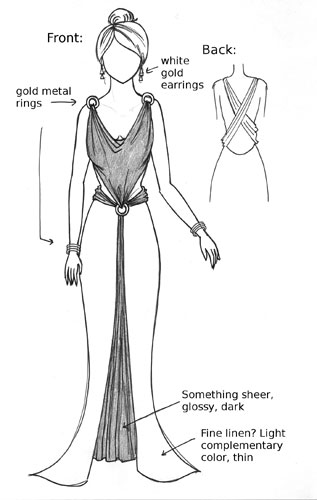
Costume Designer
Basic knowledge of fashion history is required for designers to grasp what is an appropriate costume idea for a play. Right away, the costume designer must consult with and collaborate with the play director and scenic director to get he costume right. The appearance of a period authentic costume is the result of fashion research and fashion history knowledge.
After reviewing designs with the director, the costume designer may be required to redraw their concept, again and again, according to changes and adjustments - for example the actor may be taller or shorter than would fit the original design. Fabric swatches may eventually be stapled ot the drawings as they approach their final iteration. The costume designer msut also think of shoes, beads, earrings, gloves, hats, etc.
Costume designs can be sewn in-house or sent out for bid. The final costumes are made to fit the actors. Then, the actors can don the costumes and walk thorugh the scenery to see if any changes are needed.
- helpful qualities -ability to produce costumes by deadlines; willing to adjust to last-minute changes; familiarity with varieties of fabric colors, textures, and materials.
- preparation - take classes in drawing, painting, art history, and sewing. Attend plays and operas. Volunteer to help with costumes in school and community productions. Keep appraised of current fashion trends and sketching techniques. Research whether to orient your costume sensibility in fashion or in theater as background for your career.
Other Careers in Theater Design
- Art Director
- Costume Design Production 'worker
- Hair Stylist/Designer
- Lighting Designer
- Makeup Artist
- Opera or Ballet Worker
- Program Designer
- Property shop Worker
- Puppet Designer
- Scene Painter
- Set Construction Worker
- Wardrobe Worker
Okay, so now I've put on some ads from Amazon - from which I may earn a few cents. (2025)


















